Barry Dainton0199288844, 9780199288847, 9780191537202
Table of contents :
Contents……Page 6
List of Figures……Page 9
Preface……Page 12
Acknowledgements……Page 27
1.1. Can it be so easy?……Page 28
1.2. Psychological continuity……Page 33
1.3. First doubts……Page 38
1.4. Some varieties of virtual life……Page 41
1.5. Strands untangled……Page 48
2.1. Experience……Page 55
2.2. Phenomenal space……Page 61
2.3. Self and awareness……Page 66
2.4. A superfluous self……Page 69
2.5. Simplicity and unity……Page 73
3.1. A constraint……Page 78
3.2. Memory……Page 80
3.3. Chunks, apprehensions and representations……Page 83
3.4. Overlap and flow……Page 90
3.5. Phenomenal cuts……Page 95
3.6. The one experience view……Page 98
3.7. Streamal unity……Page 100
4.1. Bridge building……Page 102
4.2. Experience-machines and beyond……Page 108
4.3. Power structures……Page 115
4.4. The C-theory……Page 138
4.5. Powers in general……Page 141
4.6. Projection and production……Page 158
5.1. The self in experience……Page 162
5.2. Bridges of resemblance……Page 175
5.3. Fundamentalism……Page 178
5.4. Foster’s modal bridge……Page 180
5.5. Unger’s material bridge……Page 188
6.1. From C-systems to minds……Page 197
6.2. Aspects of mind……Page 198
6.3. Psycho-phenomenal integration……Page 202
6.4. C-relations and P-relations……Page 205
6.5. From a functional perspective……Page 208
6.6. Non-phenomenal selves……Page 215
6.7. What matters……Page 219
7.1. A blurring……Page 228
7.2. Four grades of embodiment……Page 230
7.3. Phenomenal embodiment……Page 233
7.4. Effective embodiment……Page 236
7.5. Boundary disputes……Page 242
7.6. Monist alternatives……Page 251
7.7. Minimalism and possession……Page 254
8.1. Simplicity and isolation……Page 263
8.2. Isolation: strands of a defence……Page 265
8.3. Reductio?……Page 272
8.4. Minimal subjects……Page 276
8.5. A minimal modification, and a moral……Page 278
8.6. Weak unity……Page 281
9.1. Unity and interdependence……Page 291
9.2. Interdependent potentials……Page 293
9.3. Phenomenal interdependence……Page 299
9.4. Organization and interference……Page 300
9.5. C-holism……Page 304
9.6. From C-holism to power holism……Page 316
9.7. Power systematicity……Page 327
9.8. Simplicity……Page 334
10.1. Absoluteness……Page 338
10.2. Some varieties of incapacitation……Page 340
10.3. Brains……Page 343
10.4. Cyclical subjects……Page 346
10.5. Congenial decomposition……Page 348
10.6. Assessments……Page 352
10.7. Deviancy……Page 358
10.8. Teleportation revisited……Page 363
10.9. From Egos to C-systems……Page 365
11.1. Ontological qualms……Page 368
11.2. Issues of substance……Page 369
11.3. Unity and independence……Page 371
11.4. Menacing circularities……Page 375
11.5. Ownership, isolation and holism……Page 381
11.6. Power worlds……Page 386
12.1. Fission……Page 391
12.2. Fission as fatal……Page 395
12.3. Can consciousness divide?……Page 397
12.4. Overlap to the rescue?……Page 400
12.5. Time travel and double existence……Page 405
12.6. Personal and phenomenal time……Page 408
12.7. Non-linearity……Page 412
12.8. Time and times……Page 416
12.9. Issues and objections……Page 420
12.10. Fusion……Page 427
12.11. The many shapes of life……Page 433
13. Appendix: Reductionism……Page 436
Bibliography……Page 445
C……Page 454
D……Page 455
G……Page 456
M……Page 457
P……Page 458
R……Page 459
T……Page 460
Z……Page 461
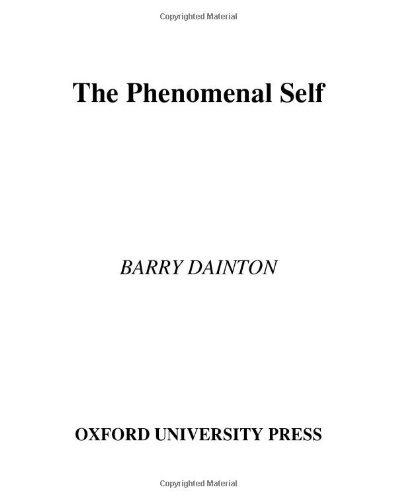
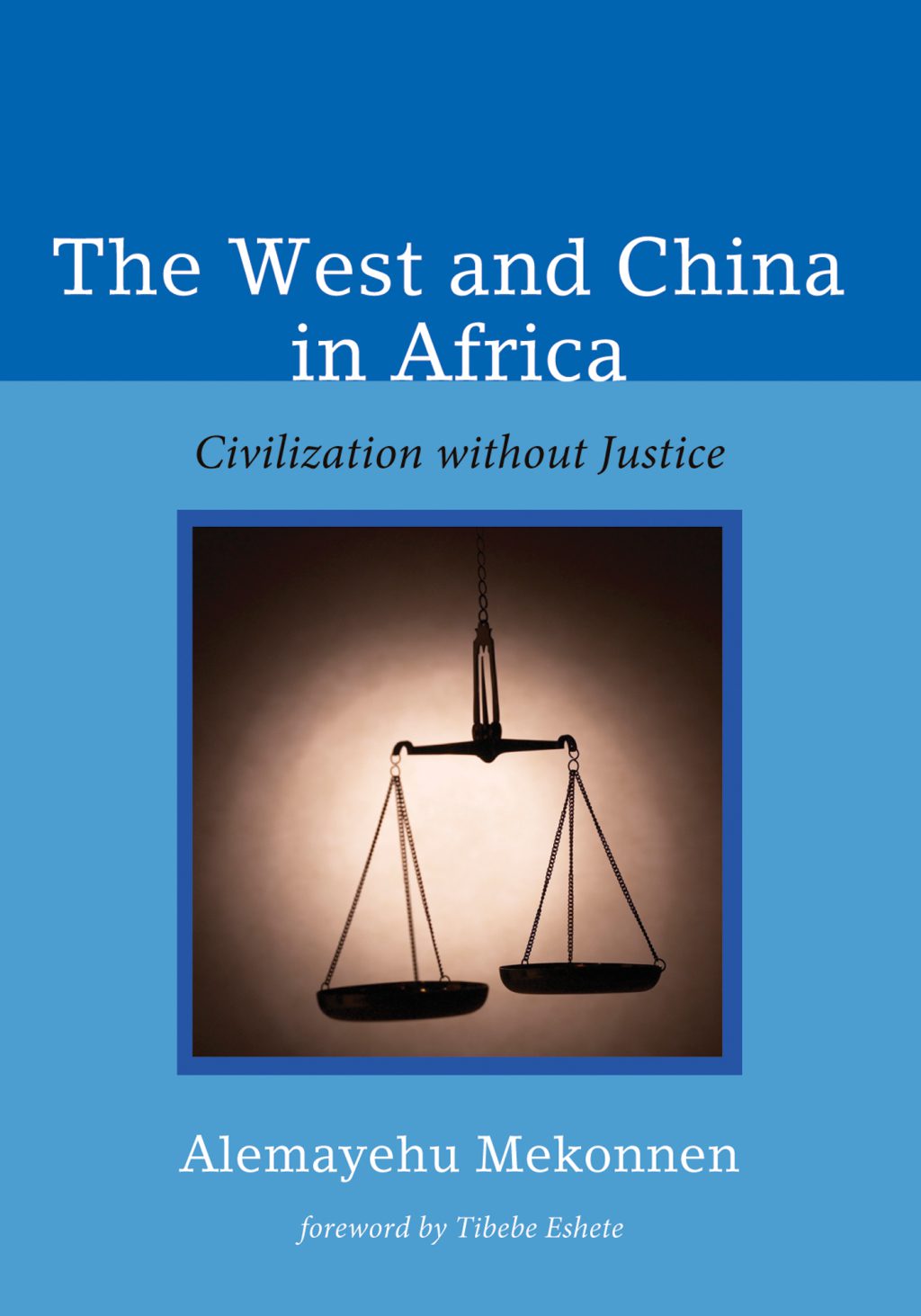

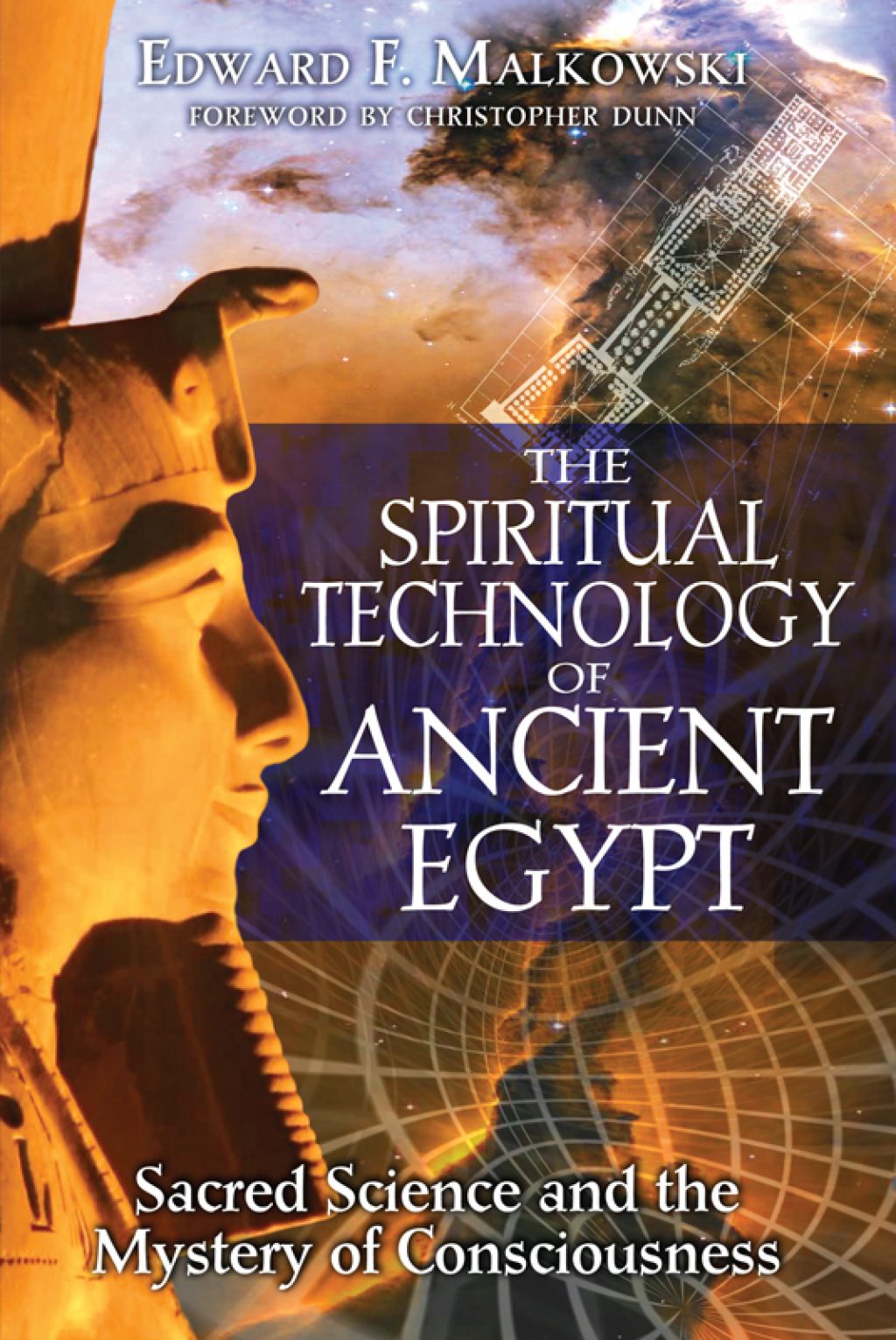
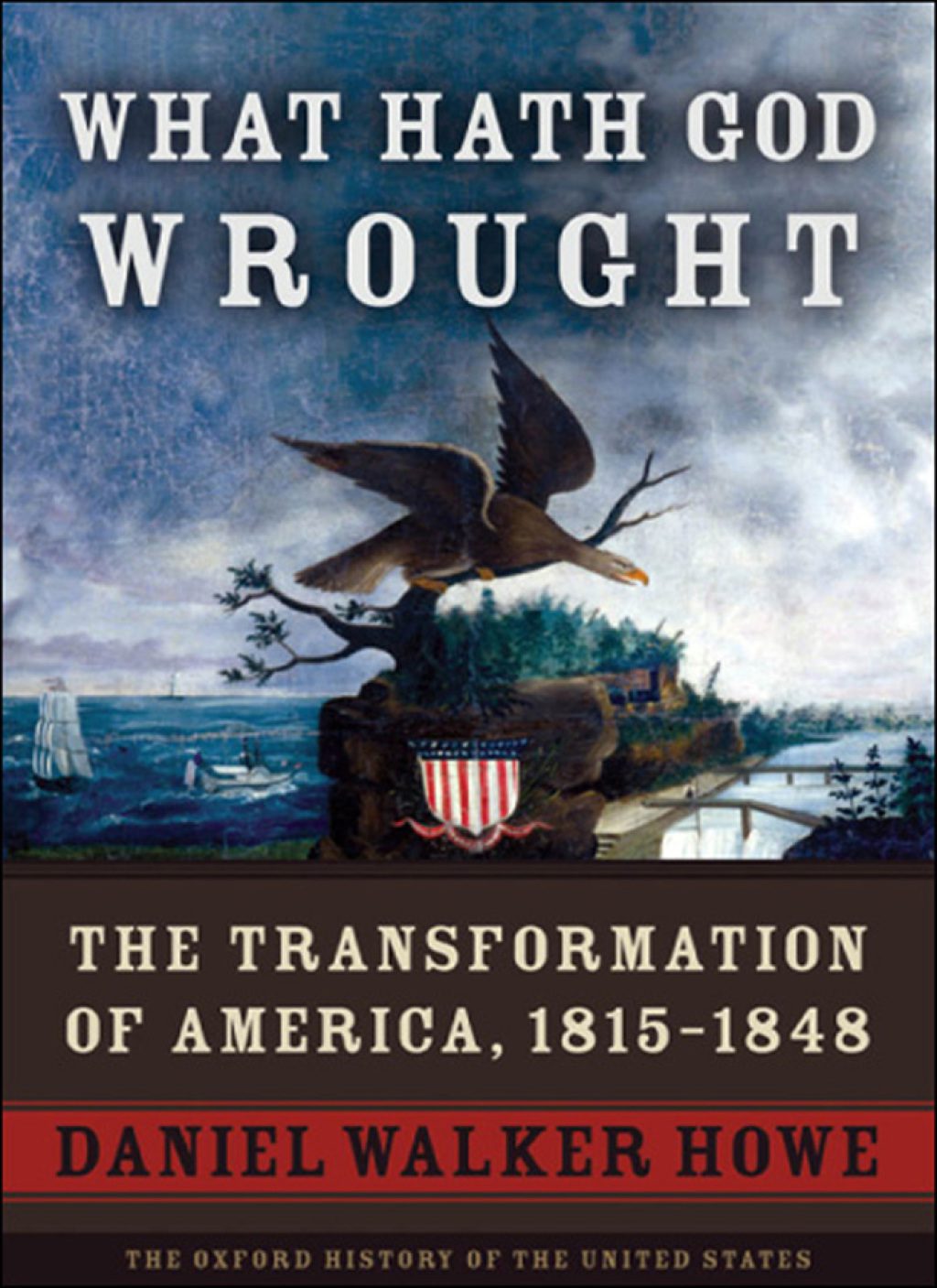
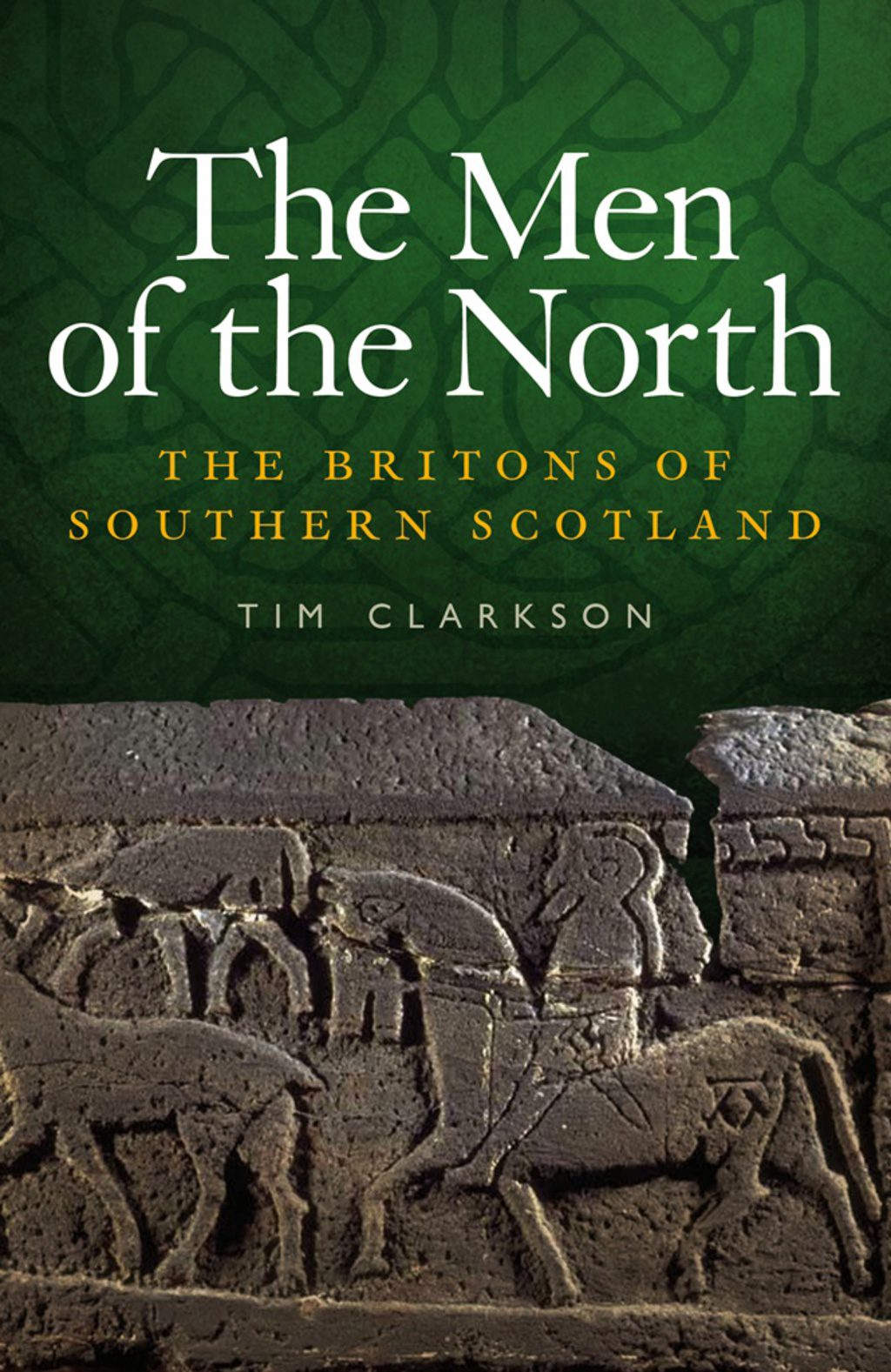

Reviews
There are no reviews yet.